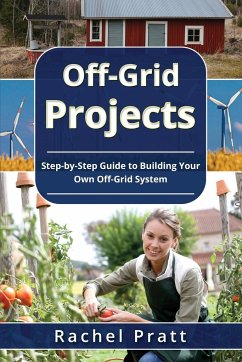Explanation of off-grid systems Off-grid systems, also known as stand-alone power systems, are self-sufficient power systems that are not connected to the utility grid. They provide electricity, heating, cooling, and water to homes, businesses, and communities that are located in remote or rural areas, or those who choose to live off-grid for various reasons, such as environmental concerns, self-sufficiency, or cost savings. These systems typically rely on renewable energy sources, such as solar, wind, hydro, or biomass, combined with energy storage solutions, such as batteries, to meet the energy needs of the users. Assessing Your Energy Needs Before designing an off-grid system, it is essential to determine the energy needs of the users. This includes calculating the energy consumption of all the appliances, lights, heating and cooling systems, water pumps, and other devices that will be used in the home or business. This information will help determine the size of the off-grid system required and the type of power source that will be most suitable for the location.
Bitte wählen Sie Ihr Anliegen aus.
Rechnungen
Retourenschein anfordern
Bestellstatus
Storno







